Expansion of E-commerce Platforms
The expansion of e-commerce platforms is transforming the smart toys market in Europe, providing consumers with greater access to a diverse range of products. Online shopping has become increasingly popular, with a significant portion of toy sales now occurring through digital channels. This trend is supported by data indicating that e-commerce sales in the toy sector have grown by approximately 25% in recent years. The convenience of online shopping, coupled with the ability to compare products and read reviews, enhances consumer confidence in purchasing smart toys. As e-commerce continues to evolve, it is likely to drive further growth in the smart toys market, enabling manufacturers to reach a broader audience and cater to changing consumer preferences.
Rising Demand for Interactive Play
the smart toys market experiences experiences a notable increase in demand for interactive play experiences. Parents are increasingly seeking toys that engage children in meaningful ways, promoting cognitive development and social skills. This trend is reflected in market data, indicating that the segment of interactive toys is projected to grow by approximately 15% annually. The appeal of toys that respond to children's actions and provide feedback aligns with modern educational philosophies, making them highly sought after. As a result, manufacturers are investing in technology that enhances interactivity, thereby driving growth in the smart toys market. This shift towards interactive play not only captivates children but also reassures parents about the educational benefits, further solidifying the market's expansion.
Increased Focus on Safety Standards
Safety remains a paramount concern in the smart toys market influences, influencing purchasing decisions significantly. Stringent regulations and safety standards are being enforced to ensure that toys are safe for children. The European Union has established comprehensive guidelines that manufacturers must adhere to, which include rigorous testing for harmful substances and mechanical safety. This focus on safety is likely to enhance consumer trust, potentially leading to a 10% increase in market growth as parents prioritize safe products. As companies comply with these regulations, they not only protect children but also position themselves favorably in a competitive market. The emphasis on safety standards is thus a critical driver, shaping the landscape of the smart toys market.
Technological Advancements in Toy Design
Technological advancements play a crucial role in shaping the smart toys market shapes. Innovations such as artificial intelligence, augmented reality, and connectivity features are being integrated into toy designs, enhancing their appeal and functionality. For instance, toys that utilize AI can adapt to a child's learning pace, providing personalized experiences that foster development. Market analysis suggests that the incorporation of advanced technology could lead to a 20% increase in sales within the next few years. As manufacturers continue to explore new technologies, the smart toys market is likely to witness a transformation, attracting tech-savvy parents and children alike. This ongoing evolution underscores the importance of innovation in driving market growth.
Growing Awareness of Educational Benefits
The smart toys market in Europe is significantly influenced by the growing awareness of educational benefits associated with these products. Parents are increasingly recognizing that smart toys can facilitate learning through play, enhancing skills such as problem-solving, creativity, and critical thinking. This awareness is reflected in market trends, with educational toys projected to account for over 30% of total sales in the coming years. As educational institutions also begin to endorse the use of smart toys in learning environments, the demand is likely to surge. This shift towards valuing educational outcomes in playtime is a pivotal driver, shaping consumer preferences and expanding the smart toys market.


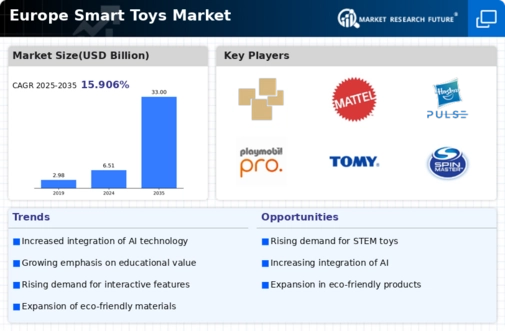
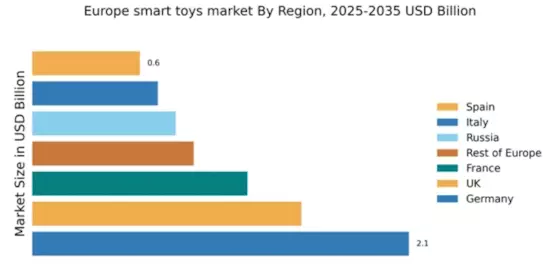
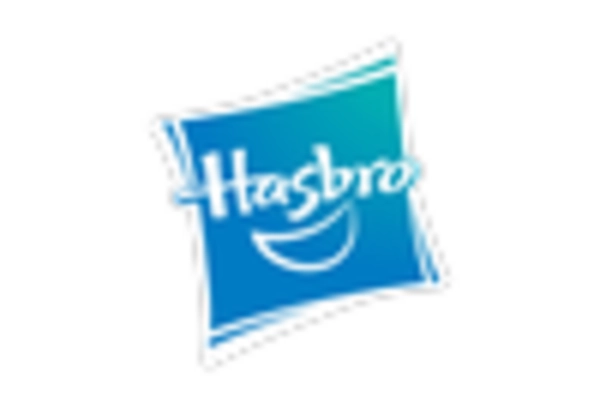

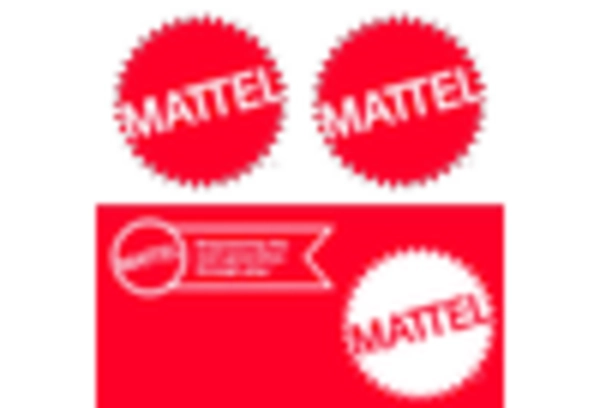
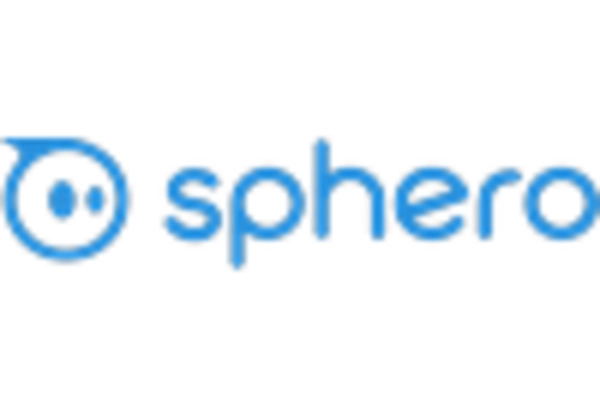

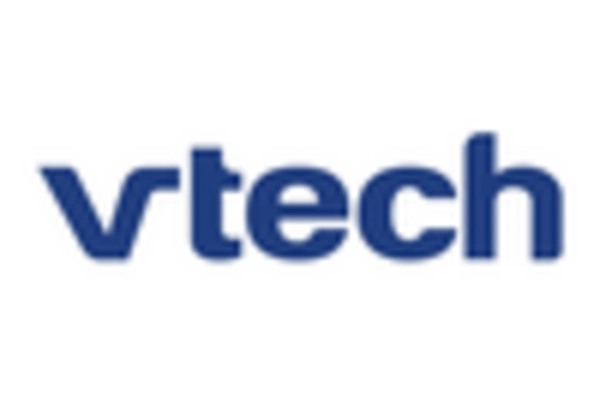








Leave a Comment